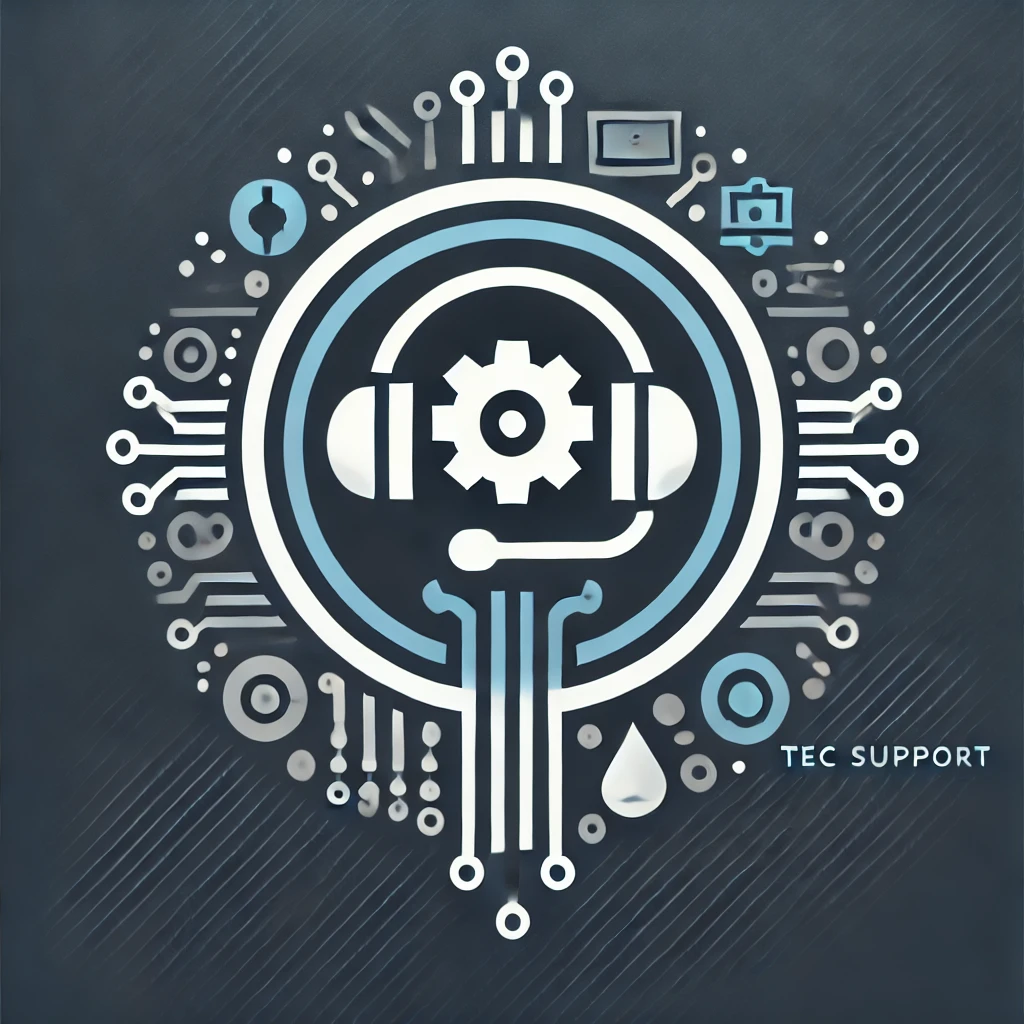Aug 26, 2024
POSX-Driver
Using POS-X Drivers with Epson Printers: A Seamless Integration for Your POS System
While Epson printers typically come with their own drivers, POS-X drivers offer a versatile alternative, especially in multi-brand POS environments. Utilizing a POS-X driver with your Epson printer can simplify your setup and streamline your workflow. In this guide, we’ll outline the steps to get your Epson printer up and running with a POS-X driver, including necessary adjustments for COM port connections.
Prerequisites
- Compatible Epson Printer: Ensure your Epson printer model is supported by POS-X drivers. Check the POS-X website or documentation for a list of compatible printers.
- POS-X Driver: Download the appropriate POS-X driver for your operating system from the official POS-X website.
- Connection:
- If using USB, ensure your Epson printer is connected to your computer via USB.
- If using a serial (COM) port, ensure the printer is connected via a serial cable, and you have the Epson Port Utility Driver installed.
Installation Steps
- Uninstall Existing Drivers (Optional): If you have existing Epson drivers installed, it’s recommended to uninstall them to avoid conflicts. Navigate to your computer’s Control Panel, then “Devices and Printers,” right-click on your Epson printer, and select “Remove Device.”
- Install POS-X Driver:
- Locate the downloaded POS-X driver file and run the installer.
- Follow the on-screen instructions to complete the installation process.
- During installation, you might be prompted to select your printer model from a list. Choose your Epson printer from the available options.
- Install Epson Port Utility Driver (If using COM port):
- Download the Epson Port Utility Driver from the Epson website, specific to your printer model.
- Install the driver and launch the utility.
- Configure Communication Port (If using COM port):
- Within the Epson Port Utility, identify the COM port your Epson printer is connected to.
- Note the COM port number (e.g., COM3, COM4).
- Configure Printer Settings in POS Software:
- Open your POS software.
- Navigate to the printer settings or configuration section.
- Select the newly installed POS-X printer driver from the list of available printers.
- If using a COM port, configure the POS-X driver to use the correct COM port number you identified in step 4.
- Configure any additional settings as needed, such as paper size, cash drawer control, etc.
- Test Print:
- Perform a test print from your POS software to ensure the Epson printer is communicating correctly with the POS-X driver.
- Verify that the print output is accurate and aligned.
Troubleshooting Tips
- Driver Conflicts: If you encounter issues, try uninstalling any other printer drivers that might be causing conflicts.
- Communication Port: Double-check that the POS-X driver is configured to use the correct communication port.
- Firmware Updates: Check if there are any firmware updates available for your Epson printer and install them if necessary.
- POS-X Support: If you’re facing persistent issues, don’t hesitate to reach out to POS-X technical support for assistance.
Benefits of Using POS-X Drivers with Epson Printers
- Streamlined Setup: Simplify your POS configuration by using a single driver for multiple hardware components.
- Compatibility: Leverage the wide compatibility of POS-X drivers to integrate your Epson printer seamlessly into your POS system.
- Reliability: Benefit from the stability and dependability of POS-X drivers for uninterrupted operations.
Conclusion
Integrating your Epson printer with a POS-X driver offers a flexible and efficient solution for your point-of-sale needs. Whether you’re using a USB or COM port connection, following these steps and tips will help ensure smooth and reliable printing operations, enhancing your overall point-of-sale experience.
Remember: Always refer to the official POS-X and Epson documentation and support resources for the most up-to-date information and troubleshooting guidance.
More Details